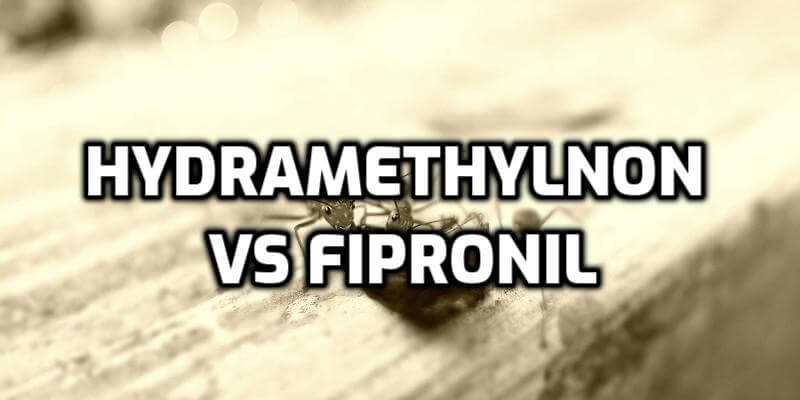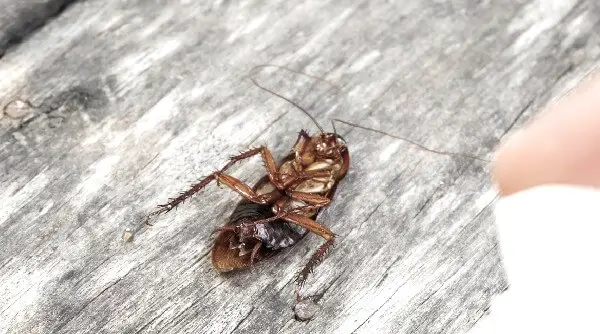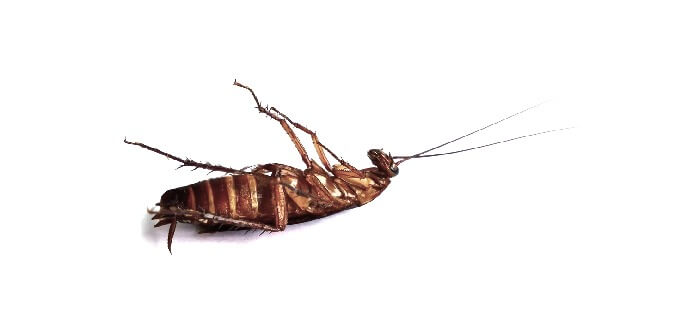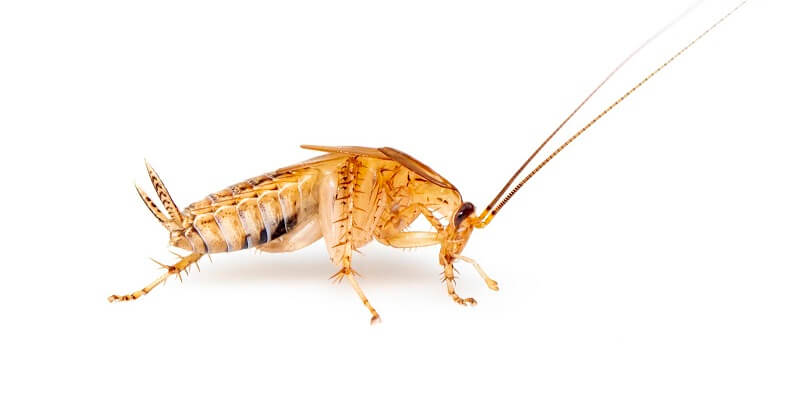Hydramethylnon vs Fipronil Insecticide

Roach infestations present a significant health concern and nuisance in many homes and establishments across the globe. Roaches can carry and spread disease-causing bacteria, exacerbate allergies, and even trigger asthma attacks.
This is why pest control, specifically the use of pesticides, is crucial. This article focuses on two specific pesticides: Hydramethylnon and Fipronil.
Top Difference
- Mechanism of Action: Hydramethylnon disrupts the metabolic processes in roaches, specifically energy production, leading to their death. On the other hand, Fipronil blocks the GABA-gated chloride channels in the roaches’ nervous system, causing over-stimulation and eventual death.
- Effectiveness and Speed: Both are effective in killing roaches, but Fipronil acts faster due to its neurotoxic properties.
- Residual Effect: Fipronil has a long-lasting effect, continuing to kill roaches for weeks after the initial application, which provides an advantage over Hydramethylnon.
- Safety: Hydramethylnon is generally considered safer for use around humans and pets, while Fipronil poses higher risks, especially if improperly used.
Overview of Hydramethylnon
Hydramethylnon is a potent synthetic chemical pesticide known for its delayed toxicity, primarily used against ants, roaches, and termites. Its chemical structure prevents it from being broken down quickly, contributing to its persistent effectiveness.

Hydramethylnon operates by disrupting the energy production of roaches at the cellular level, causing a gradual shutdown of their biological functions. The insect usually dies within 24 to 72 hours of exposure.
The benefits of hydramethylnon include its long-lasting effects and capability to eliminate entire colonies through secondary and tertiary kills. However, it does have its drawbacks.
It is highly toxic to fish and aquatic organisms, making it unsuitable for use around water bodies. It also poses some risk to mammals if ingested.
Overview of Fipronil
Fipronil is a broad-spectrum insecticide that disrupts the insect’s central nervous system through blocking the GABA-gated chloride channels, leading to uncontrolled activity and, eventually, death.
Regarding roach control, Fipronil works by being transferred within the colony. Roaches exposed to Fipronil contaminate others by contact or ingestion, leading to a domino effect that can eradicate an entire colony.
Fipronil’s main advantages are its broad-spectrum activity and ability to eliminate insects rapidly. However, it’s not without its downsides. It’s highly toxic to bees, birds, and aquatic life. Furthermore, it’s been classified as a possible human carcinogen, making careful handling necessary.

Comparative Analysis
When comparing efficacy, both Hydramethylnon and Fipronil have been found to be very effective at killing roaches. However, Fipronil tends to work faster, typically killing within a few hours, compared to Hydramethylnon’s 24-72 hours.
The residual effect of hydramethylnon is longer-lasting, with effectiveness noted for up to 90 days post-application, while Fipronil’s residual activity usually lasts for about 30 days.
In terms of safety, both pesticides carry risks if improperly handled. They are both harmful to aquatic life, and Fipronil has additional toxicity risks for birds and potential carcinogenic effects on humans.
As for accessibility and cost, both are widely available online and in physical stores. The cost varies depending on the brand and formulation, but Hydramethylnon tends to be cheaper than Fipronil.
Use Cases
Hydramethylnon is ideal for long-term, preventative treatments, particularly in enclosed spaces where it can remain undisturbed. Fipronil, on the other hand, is excellent for immediate action, especially in visible infestations.

Expert Opinions
Pest control experts generally regard both Hydramethylnon and Fipronil as effective weapons against roaches. Bait containing Fipronil is superior in efficacy and speed of killing compared to Hydramethylnon. It also results in higher fatality rates due to secondary transmission. The key component, Fipronil at a concentration of .05%, targets the insect’s central nervous system, resulting in the demise of the cockroach within a span of 6 to 24 hours.
Mixing Ratio Instruction
Fipronil and hydramethylnon are ready to use right out of the container. However, most people mix them with water for better effectiveness. The amount will depend on how many pests you need to eradicate. Each type is mixed at different rates:
- Fipronil can be diluted at a rate of 0.03% – 0.06%. This means that one ounce per gallon should do the trick if needed.
- Hydramethylnone must be diluted at about 20% or more because it does not work well in pure form. For example, combine two ounces (60 mL) with five gallons (19 L) of water.
If there’s still a problem after using this measurement, try diluting with more water or using a different ratio.
Conclusion
Both Hydramethylnon and Fipronil have proven effective in the battle against roach infestations. Your choice between the two may come down to the specific requirements of the situation, whether it is immediate action (Fipronil) or long-term control (hydramethylnon).
As with any pesticide, it is important to consider the potential environmental and health impacts and use them responsibly. Consulting with pest control experts and following label instructions will help ensure safe and effective usage.

James E. Butkovich, Pest control maven with a knack for eco-friendly & Chemical solutions. Blogger with a mission to make homes pest-free, one post at a time.